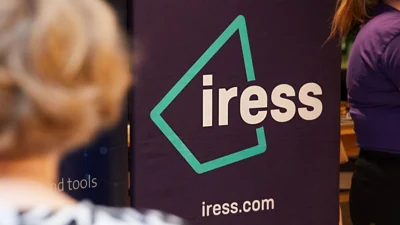Super tax concessions myths busted



One the eve of the Government releasing its Tax White Paper today, the Association of Superannuation Funds of Australia (ASFA) has released new research defending the value of superannuation tax concessions and arguing that they are worth it.
The ASFA research, "Mythbusting superannuation tax concessions", released on Friday, seeks to directly counter the arguments of a range of commentators that superannuation is not helping reduce reliance on the age pension.
Rather, it argues that more than $7 billion a year is already being cut from the age pension bill due to individuals having superannuation savings and that this includes around $3 billion in savings a year from around 160,000 people with super balances sufficient to be fully self-funded and around $3 billion in savings from around 500,000 people receiving around $5000 on average a year less from the age pension due to the income test on superannuation income streams.
The ASFA research also points to over $1 billion in savings from around 150,000 people, including many in defined benefit schemes, no longer receiving a part Age Pension because of the income test.
"These amounts will increase in the years ahead as more Australians retire with substantial superannuation balances," it said.
The ASFA research also counters claims that superannuation tax concessions cost the Budget $30 billion a year — more than what is spent on the age pension.
It said that savings the Government made on the age pension as a result of super were taken into account along with the impact of behavioural change (people shifting money from one tax-effective vehicle to another) that would occur if super tax concessions were removed, a more accurate estimate would be around $16 billion a year.
On the question of the tax concessions unduly assisting high income earners, the ASFA research said its analysis of data from 2011/12 found that around 75 per cent of the tax concessions applied to contributions went to those paying either of the (then) middle income marginal tax rates of 30 per cent or 38 per cent: those earning between $37,000 and $180,000 a year.
Recommended for you
Data and technology provider Novigi has acquired Iress’ superannuation consulting and managed services business from Apex Group.
AMP is to launch a digital advice service to provide retirement advice to members of its AMP Super Fund, in partnership with Bravura Solutions.
Unveiling its performance for the calendar year 2024, AMP has noted a “careful” investment in bitcoin futures proved beneficial for its superannuation members.
SuperRatings has shared the median estimated return for balanced superannuation funds for the calendar year 2024, finding the year achieved “strong and consistent positive” returns.









